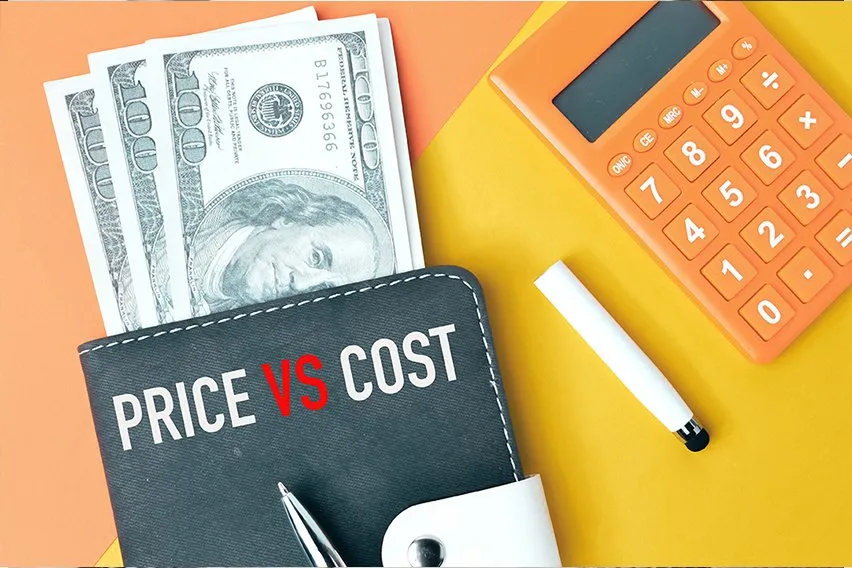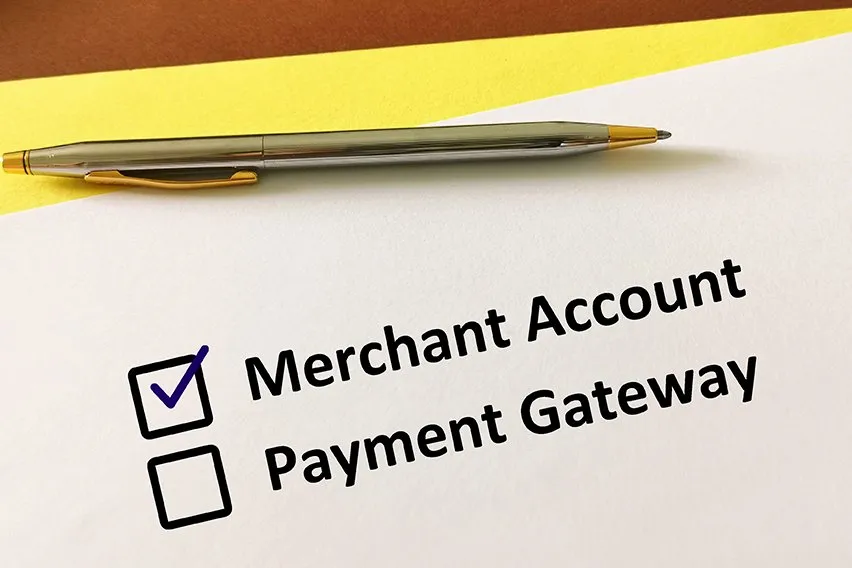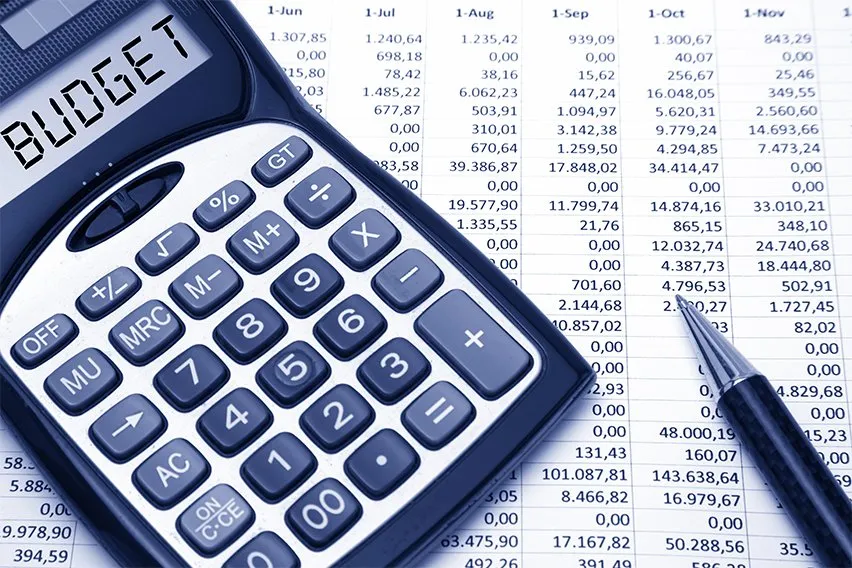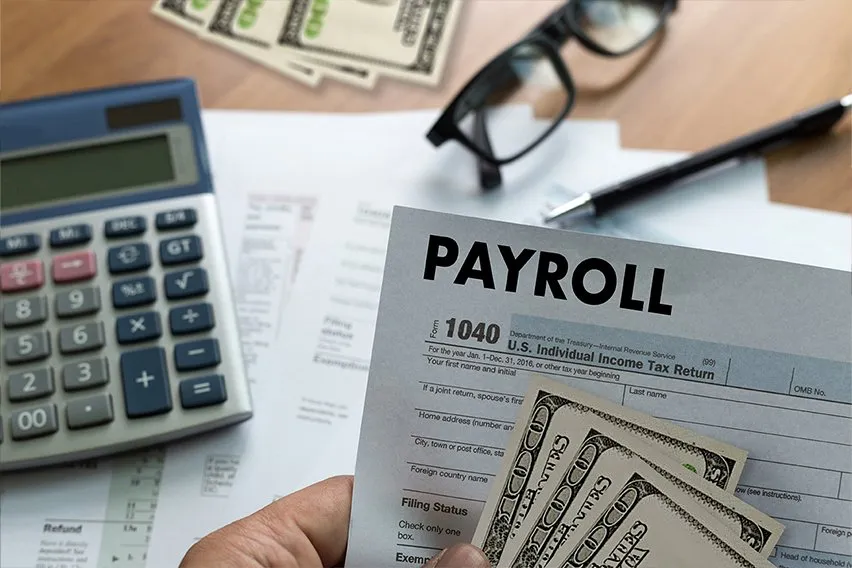Budgeting vs. Forecasting: What’s the Difference Between the Two?

The difference between budgeting and forecasting comes down to their specific roles in your business. While a forecast paints the big picture in terms of what the company wants to achieve and the different factors involved, a budget is a step-by-step financial plan showing revenue expectations and expenses over time.
Here are some of the most important things you need to know about creating accurate budgets and forecasts as a small business owner.
Here’s What We’ll Cover:
What Are the Different Types of Budgets?
How Do You Prepare a Budget For Your Small Business?
What Are The Types of Forecasting?
How Do You Prepare a Forecast For Your Small Business?
What Are The Key Differences Between Budgeting and Forecasting?
Should You Create a Budget or a Forecast For Your Business?
More Financial Resources for Businesses
What is Budgeting?
Budgeting is the strategic planning of a company’s finances across critical areas. To do this, you need to draw up a budget.
A budget outlines your business’s projected cash flow, estimated revenue, and expenses for daily operations over a specific period. There are many upsides to budgeting, but the most important one is it is a sure-fire way to score idea-viability. Here’s what we mean.
Before creating a financial budget, you could find it challenging to visualize your revenue plans and business expenses. However, as you prepare a detailed financial outline, you know what is achievable. Then, you can make any needed iterations.
Because revenue and expenses are not entirely predictable, budgets are short-term, usually on an annual basis.

What Are the Different Types of Budgets?
Depending on your business model, you can adopt one of six budgeting techniques:
- Incremental Budgeting where you add or subtract a percentage from your previous budget
- Value Proposition Budgeting to ensure every item in the budget creates value for your business
- Zero-based Budgeting when you need to cut down costs and justify all business expenses
- Cash Flow Budgeting to account for potential lines of credit for increased business cash flow
- Activity-based Budgeting for mapping out a specific volume of inputs needed to achieve your projected business output
- Surplus Budgeting to account for excess revenue
How Do You Prepare a Budget For Your Small Business?
Most small businesses have lean accounting and finance teams. This means the business owner takes on planning the company’s expenses and drawing up a budget. So how do you pull through?
While budgeting tools make things easier, the hack is to understand how the overall budgeting process works.
Three questions come in handy here:
- What is my business’s current state?
- What is the most important goal we want to achieve now?
- What is the big picture?
When you provide practical answers to these questions, it will narrow your focus.
Now, you have the proper context for decision-making. Next, follow these five simple steps to prepare your small business budget:
- Figure out how many income sources you have and how much your business makes.
- Record your fixed, variable, and one-off expenses
- Add up everything to know how business cash flow and profit.
Your budget should include:
- A realistic cash flow projection
- Estimated revenue and expenses
- Cash reserves
- Debt reduction
What is Forecasting?
Financial forecasting involves a high-level projection of future business outcomes based on informed opinions and existing data. To create a forecast, look beyond direct factors that influence your business, and consider macroeconomic factors like the social and political influences that can sway your market.
While a budget is typically short-term, financial forecasting happens both short-term and long-term, which takes more time. Also, companies need to create multiple forecasts to have the most accurate predictions of their business conditions.
What Are The Types of Forecasting?
- Judgment or Qualitative Forecasting
- Quantitative Forecasting
Judgment Forecasting
In judgment forecasting, the company relies on its knowledge of the market’s landscape and the informed opinion of its target audience for financial projections.
Of course, instincts can be wrong, so you should only use this method when you do not have historical data for decision-making. For example, if you just launched a new product in a new market, there’s little or no actual data to rely on.
Quantitative Forecasting
Quantitative forecasting refers to data-backed business predictions. It involves gathering and analyzing volumes of data to discover economic patterns, market conditions, industry trends, and consumer behaviors and leveraging these data sets to predict changes and opportunities for your company.
Many businesses merge judgment and quantitative forecasting to determine future costs, plan the company’s trajectory, and forecast sales and market demand.
How Do You Prepare a Forecast For Your Small Business?
The first thing to do is examine your existing business records from month to month. Here, pay attention to your income, cash flow, expenses, and revenue. The next things to do are:
- Define the goals and objectives of your forecast.
- Choose a method of forecasting; that is, quantitative or judgment forecasting.
- Prepare the financial statements—balance sheet, cash flow statement, and income statement.
Make a mental note to update your revenue forecast and sales projections regularly.
What Are The Key Differences Between Budgeting and Forecasting?
At first glance, budgeting and forecasting appear similar. However, a thorough analysis reveals several differences between the two concepts, including:
- A budget outlines planned business expenses and revenue over a period. Forecasting is a well-thought-out projection of business outcomes for a future period.
- A budget is usually prepared for the short-term, while the forecasting process happens in the short and long term.
- Compared to a forecast, a budget is more static. Financial forecasts undergo several adjustments as the business situation, and economic conditions change.

Should You Create a Budget or a Forecast For Your Business?
Budgeting and forecasting come together to define the financial plan for small and enterprise companies.
But which one should you prioritize? Like you, many small business owners ask the same question.
It’s tempting to jump into creating a budget first. After all, you need to hit the ground rolling and plan out expenses and income for the month, quarter or year.
Wait. Take a pause.
Without a forecast, you’d end up spending resources on endeavors that are not aligned with your overall business financial goals.
So start with a forecast.
When you have a realistic financial projection, you can prepare a budget to meet your different goals.
Wrapping Up
While budgeting and forecasting are used interchangeably, especially in small business circles, they are not the same. Your budget would help you manage business expenses, while forecasting gives you a good idea of your high-level business goals and the steps you should take to achieve them.
More Financial Resources for Businesses
- How to Make Financial Projections
- How to Read a Financial Report
- What is Small Business Finance?
- Why is Accounting and Finance Important?
RELATED ARTICLES


 What is an Undeposited Funds Account? Everything You Need to Know
What is an Undeposited Funds Account? Everything You Need to Know Merchant Account vs Payment Gateway: What’s the Difference
Merchant Account vs Payment Gateway: What’s the Difference Human Resource Budgeting (HR) Planning: Key Components
Human Resource Budgeting (HR) Planning: Key Components What is a Virtual CFO & How to Become One?
What is a Virtual CFO & How to Become One? What Is an Employer Account Number or EIN
What Is an Employer Account Number or EIN What is a Cost Sheet? Definition, Components & Examples
What is a Cost Sheet? Definition, Components & Examples